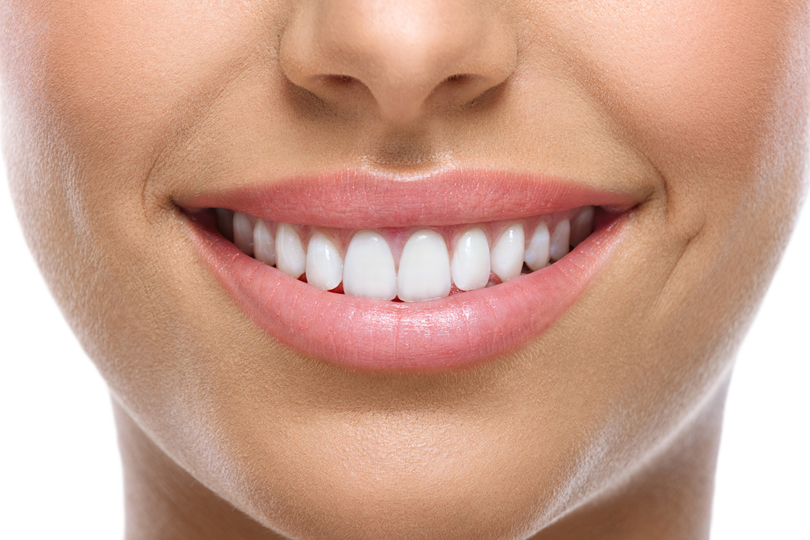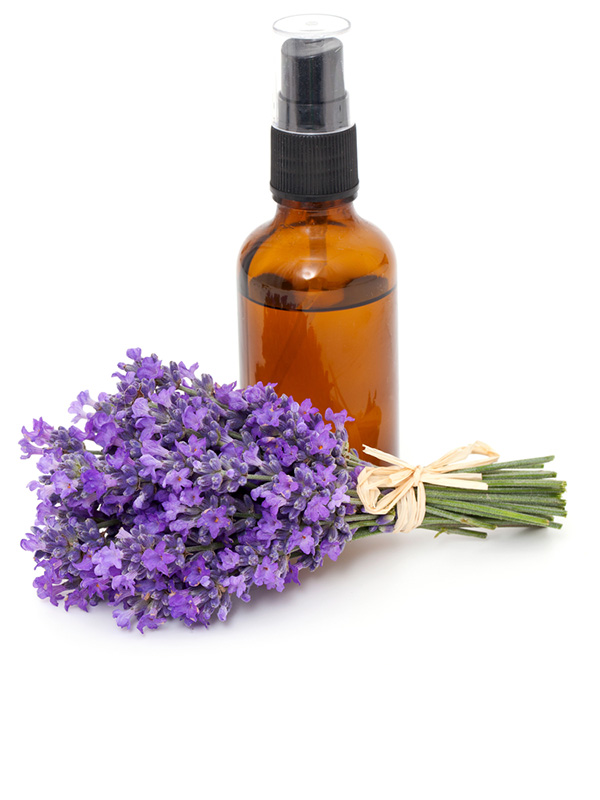Oil pulling has grown as a trend for the past couple years, but it’s not new. The oral tradition is a type of Ayurvedic medicine that dates back 3,000 years, when it started (according to Wikipedia) as a treatment for health imbalances. It’s a simple move—swish oil in your mouth for 10 to 20 minutes before spitting it out is all you need to do—but it’s said to offer some pretty wide-ranging health benefits including detox, teeth whitening and boosting your immune system.
Curious to give it a try and see how it works for you? Here’s what you need to know to get started.
Why oil pull?
Studies have shown that oil pulling can be effective in helping to maintain and improve oral health, including preventing plaque-caused gingivitis and bad breath. There are die-hard oil-pullers out there who credit it as a potential cure-all for everything from migraines and allergies to and acne.
Nancy Guberti, a biomedical nutritionist and functional medicine specialist weighs in on this, confirming “coconut oil pulling works great for whitening the teeth but also acts as an anti-bacterial, anti-viral—meaning it works on detox, sinuses, strengthens gums, and teeth. Where we see it may not work is when one is not treating their gastrointestinal issues and are bloated from candida overgrowth, intestinal parasites and imbalance of good bacteria.”
So, oil pulling with antibacterial coconut oil can be helpful for your oral health and related functions, but it’s not necessarily going to go to work on processes like digestion. Though, in the way that improving your oral health will effect your overall health in a positive way, (you’re all one body and your processes are all connected), oil pulling is a supportive part of a health-maintenance routine.
How it works
Oils are lipophilic, which means that they naturally attract other oils. Fat-soluble toxins (toxins that have a fatty outside layer) come into contact with the oil and adhere to it. It’s also said that the prolonged mechanical action of swishing can help dislodge the bacteria and undigested particles from the deep crevices within the mouth. That’s how the oil we swish with goes from being clear to milky white—it’s now full of the bacteria it has drawn out with all that swishing.
How to do it
The best time for oil pulling is said to be first thing in the morning on an empty stomach, before you brush your teeth. Take one tablespoon of oil into your mouth (traditionally sesame oil, coconut oil or ghee were used—the type of oil you want to use is up to you) and move it around your mouth, sucking and pulling through the teeth, for 10 to 20 minutes. If your jaw and cheeks get sore, you’re probably doing it too quickly— as with most homeopathic-style remedies, it’s all about relaxing and slowing down, rather than working for instant results.
Then, spit it out (into the garbage, not the sink, where it could clog things up) the oil is full of toxins, so don’t swallow it. The practice can be repeated up to three times a day, before meals on an empty stomach. Though, obviously, oil pulling at the office isn’t exactly doable. Oil pulling daily—or however often you want or can manage—is sufficient. This is a practice that needs to be done as a habit in order to achieve long-term results, but some people do say they noticed improvements after as little as two weeks. Every person is different. Give it a whirl and see how it works for you.











